Temporary Filling: Procedure, After-Care, and More
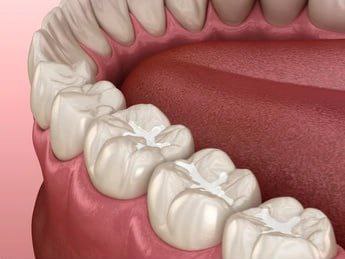
Related products
Dental fillings are the foundation of dentistry because they provide a practical technique of returning teeth that have been affected by decay to their natural form and function. The fundamental idea is to use a range of materials to "fill" the hole created by cavities or tooth decay.
The primary components of dental fillings are glass ionomer cement (GIC), amalgam, composite resins, alloy-based gold inlays and onlays, ceramic/porcelain fillings, and other materials. Each material has distinct properties that dictate how best to use it depending on several factors, including the patient's allergy status, the restoration's placement in the mouth, and the quantity required.
Though there are many alternatives for long-term remedies, there are some circumstances that require temporary care until more permanent therapy is available. This is where the idea of "temporary fillings" began.
Mostly made up of zinc oxide eugenol-based cement, or GIC, because of how simple it is to apply and how well it can stop leaks and bacterial penetration. By creating a barrier that protects exposed cavity nerve endings, these cements greatly lessen pain while patients wait for more therapies.
Insider knowledge enables the best possible post-procedure care, even if it is only a temporary fix while official repairs are completed later. Whichever type of amalgam is used—white resin-based amalgams that mimic the colour of a natural enamel-strength combination, or silver-coloured amalgams containing mercury that are ideal for the molar areas due to their longevity.
What’s a Temporary Filling?

In dentistry, a temporary filling is a stopgap treatment used to seal a tooth cavity until the permanent filling is completed. It performs vital tasks like preserving the tooth's structural integrity and halting more deterioration.
Temporary fillings such as glass ionomer cement (GIC) or zinc oxide eugenol-based cement are commonly used because they are easier to work with and have sealing qualities that prevent leaks and bacterial invasion. These substances considerably lessen the discomfort by covering the exposed cavities' nerve ends with a protective layer.
These kinds of intermediate interventions become crucial when there are time gaps between the diagnosis and treatment phases, or when steps in a multi-step method require waiting periods before they can be finished. One instance of this is during the root canal therapy procedure, where the area is kept sterile to lower the risk of infection and food contamination both after cleaning and prior to sealing.
Even though temporary fills are only used temporarily in oral cavities, they are extremely important because they serve like a Band-Aid, allowing healing below while retaining function above. Even if they are merely filling in the gaps until the final therapy is administered, they are therefore essential in deciding the result of any additional operations.
When Are They Used?
There are several uses for temporary fillings.
- Following root canal therapy, temporary fillings or other stopgap measures are often necessary. After cleaning and shaping the root canal, dentists usually insert a temporary filling to protect the treated region and keep it sterile until the next session, when the permanent sealing is performed.
- Temporary fills are helpful during emergency dental procedures when immediate permanent treatment isn't an option because of time constraints or other factors, such as patient-decided reschedules.
- In situations where tooth extraction calls for subsequent implant placement, temporaries are inserted after extraction to help preserve the socket and support the prosthesis securely.
- Their protective layer, which lessens sensitivity and discomfort, is proven to support the care of painful cavities that expose nerves. This facilitates the healing process, especially when more extensive treatments are required. The gap is filled without endangering general oral health, guaranteeing a seamless transition to the best possible recovery.
- Lastly, their use goes beyond simply acting as stand-ins, even though they are transient. Their utility goes beyond therapeutic application and involves diagnostic reasons as well, helping discover defective teeth that produce untraceable discomfort and acting as test substrates before proceeding with sophisticated irreversible operations.
The Temporary Filling Procedure

Cleaning the Tooth
The first step in temporarily filling a tooth is to thoroughly clean it. Before beginning treatment, dentists make use of the best instruments available to remove any debris, plaque, or tartar from the tooth's surface and the tissues around it. Maintaining cleanliness is essential as it lowers the risk of infection and facilitates the binding of filling materials.
Removing Decayed or Damaged Areas
Decay must be eliminated from the tooth structure by carefully removing damaged sections using specialised tools, ensuring that only healthy tissue is left intact. This is a crucial step in preventing the growth of cavities and creating the foundation for durable, high-quality fillings.
Applying Temporary Filling Material
After the canvas has been thoroughly cleaned, temporary fill material is added. Zinc oxide eugenol compounds and glass ionomer cement are widely used because of their ease of use and versatility in stopping bacterial penetration and leakage, respectively, and acting as a protective covering for exposed nerve endings. notably lessening discomfort in the interim.
Shaping Adjusting Comfort
Shape and Cosiness The shaping procedure begins with the administration of a temporary filler that resembles paste on top. The final construction is then meticulously shaped by the dentist to closely resemble the original anatomical features. Maximum practicality, visual appeal, and most importantly, a fit that is individual and comfortable for every person without interfering with speaking or eating activities.
Types Materials Used Temporary Fillings
Zinc Oxide Eugenol (ZOE) and Glass Ionomer Cement (GIC) are the two most often used provisionals in terms of chosen composition. ZOE is renowned for soothing sensitive teeth, whereas GIC bonds directly to enamel to increase leak resistance. Consequently, the selection procedure is mostly predicated on exceptional case scenarios that fulfil the treatment goals and act in the patient's best interest.
What to Expect After the Procedure

Following surgery, one may have mild soreness or sensitivity in the surgical site; this is more likely to happen if the patient is exposed to extreme temperatures. Biting down on pressure during eating or even just breathing in the air might trigger brief pain episodes that last a few days. In a research paper published in the American Dental Association, Dr. Peter Nguyen, DDS, of New York University College of Dentistry asserts, however, that these reactions are typical indicators of your body's healing process during the initial stages of recovery.
Generally speaking, the duration of temporary fillings can range from a few weeks to up to two months, contingent on the length of time that passes before the definitive procedure. They aren't intended to be long-term fixes.
Effective short-term treatments reduce symptoms right away and maintain structural integrity, but it's crucial to keep in mind that they are only temporary. Therefore, to prevent potential effects like increasing tooth decay from extended use beyond the specified period, follow-ups must guarantee that temporary crowns are replaced with permanent ones as soon as they become ready.
How Long Does a Temporary Filling Last?
A temporary filling typically lasts anywhere from a few weeks to roughly two months. This timeline is flexible and often depends on the specific clinical circumstances and the time required to complete the related final procedure.
Their longevity is dependent on several factors, including the materials used to make them (e.g., zinc oxide eugenol-based compounds or glass ionomer cement), the location within the mouth that affects exposure forces during chewing, and even the patient's compliance with post-procedural care instructions, despite their name suggesting that they are only temporarily useful in oral cavities. However, their primary purpose is to serve as a stopgap measure until more involved restorative procedures—such as root canal therapy, dental crowns, implants, permanent fillings, etc.—are finished. They are not meant for continuous usage as a result.
Temporary Filling After-Care
Diet Considerations
After the treatment, it's critical to develop eating habits that will support you long-term. Temporary filling Limiting the quantity of crunchy or hard food you eat will help prevent excessive stress on your recently implanted filling. Candy that is sticky and prone to breaking or becoming entangled, such as caramel taffy, ought to be steered clear of. To promote a quick recovery, softer edibles may be added to the diet a few days following treatment.
Oral Hygiene Tips
You must always practise good oral hygiene as part of your care regimen, particularly following dental treatments that call for caution while cleaning the area around a broken tooth. When flossing, proceed with caution and brush gently with a toothbrush that has soft bristles. It is not recommended to relocate the temporary fill. Keeping the space tidy lowers the threats. When the illness slows down and becomes simpler to advance to the next stage, overall health improves.
Monitoring Filling Signs Damage Wear
Watching for indications of deterioration and wear on the new addition A necessary dental toolbox If there's a sudden change in how you eat or talk in daily life, it could mean that the filling is completely worn out or broken. In order to stop cavities from showing in these cases, it's imperative to see a dentist right away. In addition, the discomfort is excessively great and persists longer than anticipated, necessitating medical intervention to guarantee accurate diagnosis and total symptom alleviation.
Risks and Complications
Although temporary fillings are usually not harmful, they can sometimes cause problems, such as early tooth loss due to forces applied when biting and chewing, particularly if the molar region where they are inserted is under more stress than usual. Persistent pain sensitivity that worsens over time or lasts longer than a few days after therapy is another potential problem that should be addressed. Infections are also a concern, especially if a temporary filling is inadvertently left in place for a long time and germs seep in, causing an abscess that causes excruciating pain, fever, swelling, or even pus discharge.
What To Do If Complications Arise
If any of the above problems occur with your interim repair, you should seek expert help immediately. The greatest people to consult for guidance on accurately diagnosing issues and providing practical answers are still dentists. Untreated cavities increase the danger of decay and infection, thus replacing a broken temporary filling requires an immediate trip to the dentist. Just as persistent pain often signifies inflammation of the nerve tissue in a tooth that has received treatment, it is critical to pay attention to the body's signals and act promptly to guarantee effective intervention and ultimate outcomes.
Temporary Filling vs Permanent Filling
Because they are simple to apply and work effectively as a stopgap for tooth decay, materials like glass ionomer cement (GIC) or zinc oxide eugenol-based cement are frequently used in temporary fillings. Their life expectancy varies from a few weeks to approximately two months, depending on when the last therapy was administered. In terms of costs, provisionals are typically less expensive than permanent choices.
Conversely, permanent counterparts employ amalgam composites, resins, ceramic porcelain gold, and various other materials; the selection process is mostly contingent upon the patient's allergy history, the location within the oral cavity, and the degree of required repair. Permanent fillings cost more but offer more longer-lasting benefits. Under ideal circumstances, they have an endless lifespan.
Temporaries provide significant and rapid symptom relief, but its primary function is to stabilise you while more involved therapy is being provided. They are more likely to burst and leak early because to their lack of strength and endurance, which raises the possibility of additional tooth injury and infection. Emergency fixes that are temporary are typically seen as possible therapies. The importance of updating multi-session operations on time for the maintenance of long-term oral health cannot be overstated, but the interval between steps is crucial for diagnosis.
Takeaway
In the field of dentistry, temporary fillings are a vital stopgap measure that is useful when waiting periods are required for multi-step procedures or when quick permanent treatment is not feasible. Glass ionomer cement (GIC) or cements based on ethanol and zinc oxide are typically used to produce them because they offer sealing and protecting qualities in addition to reducing discomfort.
The phases in the process include cleaning the teeth, eliminating any decay, applying material, and then moulding it into a form that is both pleasant and functional. After surgery, there may be some slight sensitivity; however, if discomfort persists, there may be problems that require immediate professional attention.
These temporary fixes should last a few weeks to around two months, at which point more extensive dental procedures, such root canal therapy and permanent fillings, will need to be completed under a dentist's supervision. Even while the hazards are low, if neglected for longer than intended, they can still lead to issues like early fallout from chewing, chronic discomfort, or even infections.
Frequently Asked Questions
How do you take care of a temporary filling?
Taking care of a temporary filling requires maintaining good dental hygiene, which includes regular brushing and flossing. To avoid the filled tooth coming loose, extra care should be taken when cleaning it. Rinses with warm salt water regularly help reduce inflammation and speed up the healing process.
What to avoid after a temporary filling?
It's advisable to avoid consuming too many hard, crunchy, or sticky foods that can damage or remove the temporary patch until a permanent one is put in its place. Similarly, limiting exposure to extremes of heat or cold can help lessen the transient discomfort that results from acute sensitivity following therapy.
How long after temporary filling can I eat?
Normal eating can resume when the anaesthetic wears off, which often takes one to two hours. Eat softer foods initially, though, to give the treated area time to acclimatise to its new surroundings.
Can I drink water after temporary filling?
Drinking water as soon as you receive temporary filler is not a problem because it improves systemic processes, which aid in healing, and it assures that even small sips won't place undue strain on the treated area, preventing complications. It is reasonable to say that drinking does not have a detrimental effect on one's overall dental health because straws can be used to direct liquid flow and increase safety away from areas that are affected.




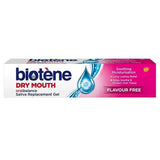








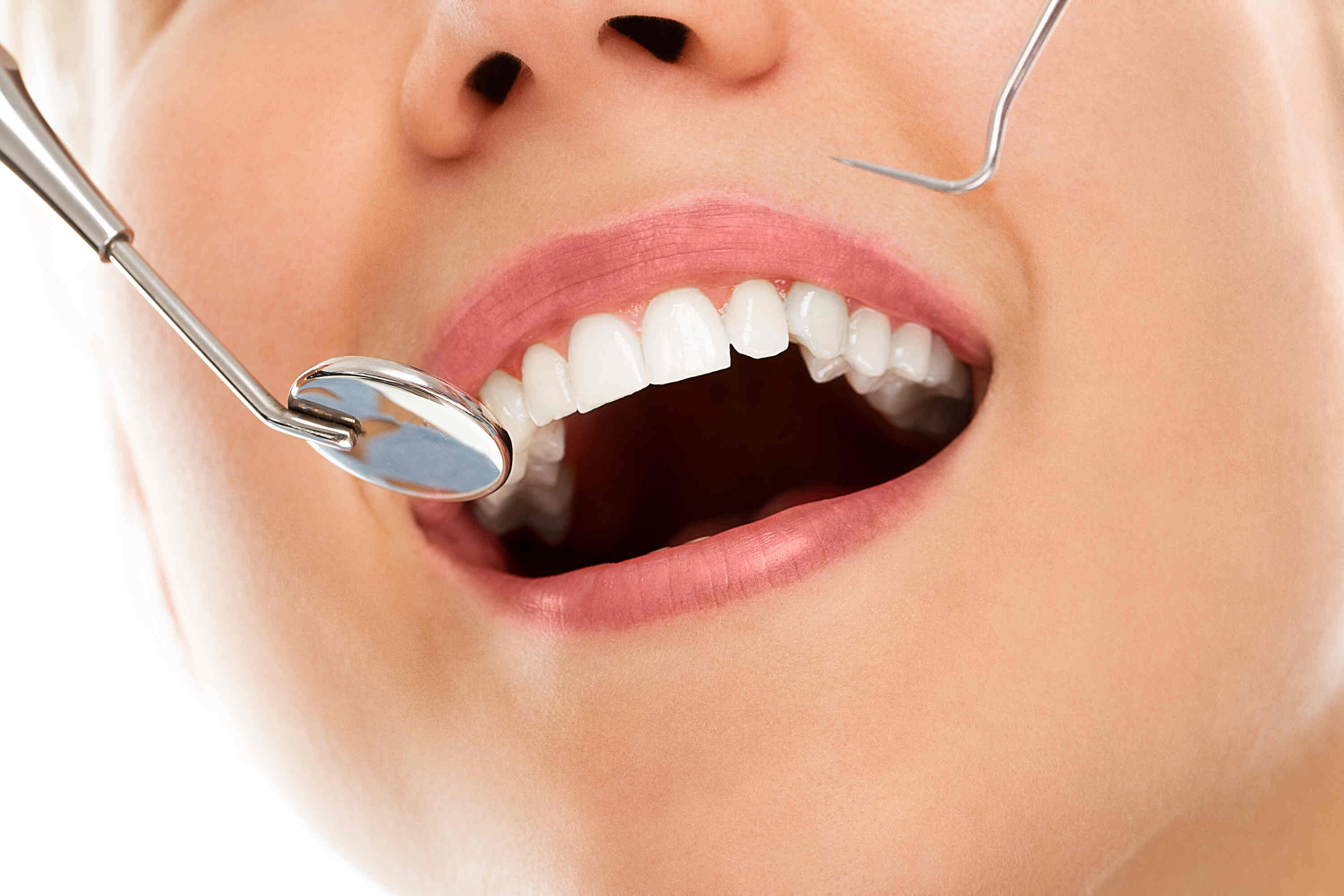







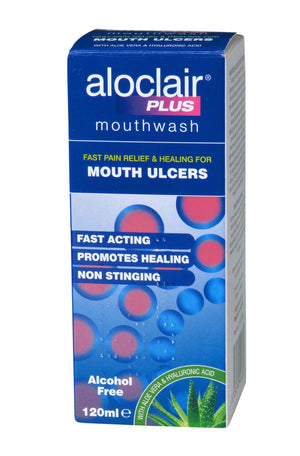

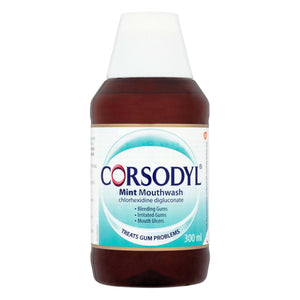

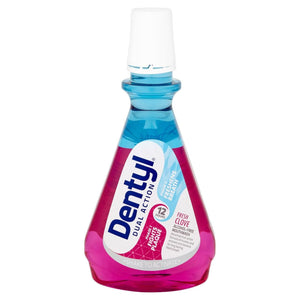




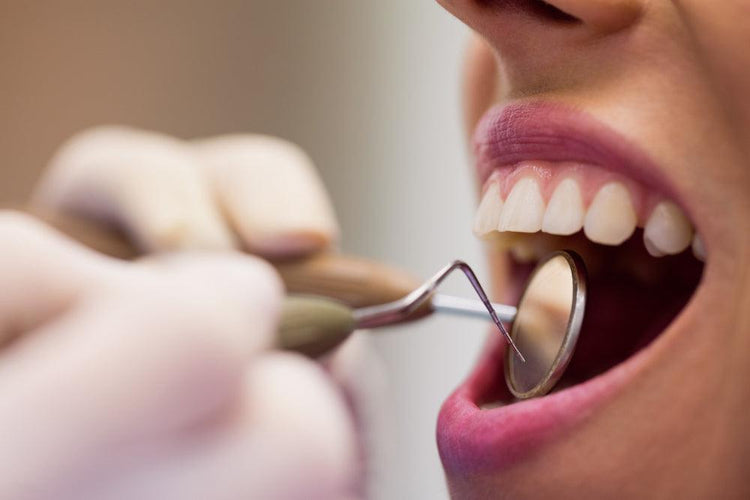





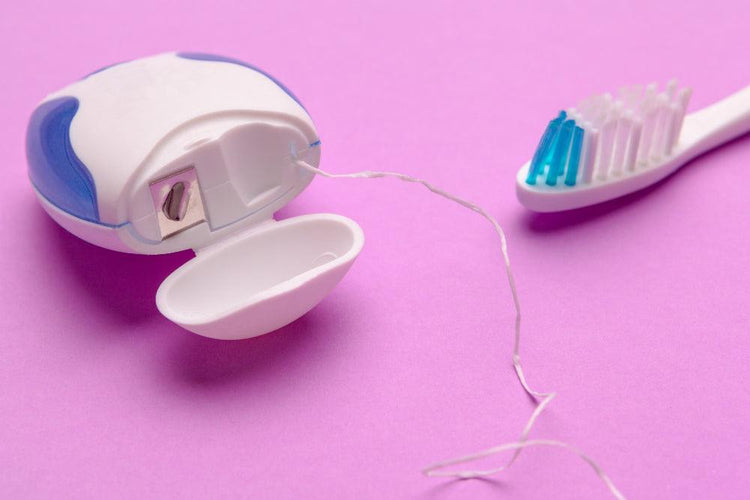
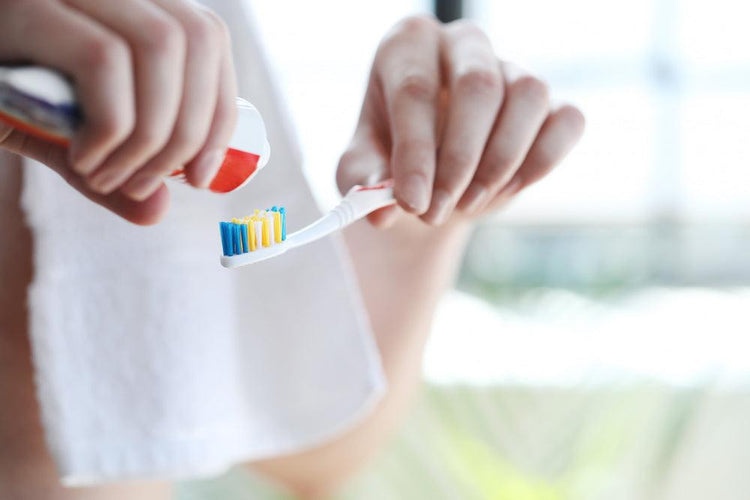
 Rated Excellent by 26,523+ Reviews
Rated Excellent by 26,523+ Reviews